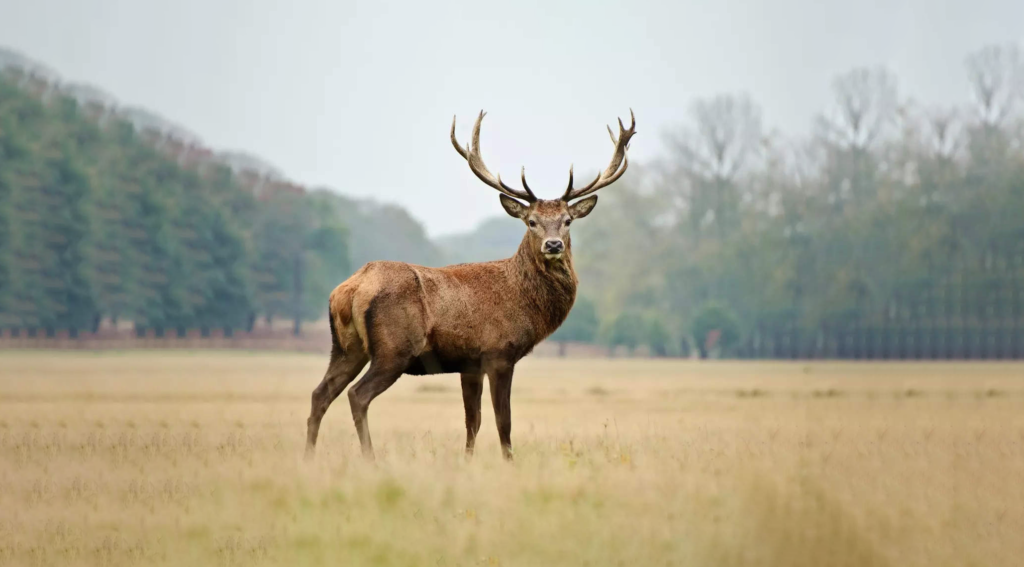Enchanting Shikara Ride on Dal Lake
Imagine gliding over the still waters of Dal Lake, the air crisp and cold, with the snow-covered peaks of the Himalayas framing the horizon. The soft sound of the Shikara paddling through the water creates a soothing rhythm, and as you look around, the beauty of winter in Kashmir reveals itself. The lake is calm, almost meditative, reflecting the white-capped mountains and the frost-tipped chinar trees that line the shore. This is not just any boat ride—this is a Shikara ride on Dal Lake in winter, an experience that feels as if time itself has slowed down, allowing you to soak in the serenity of this magical season.






